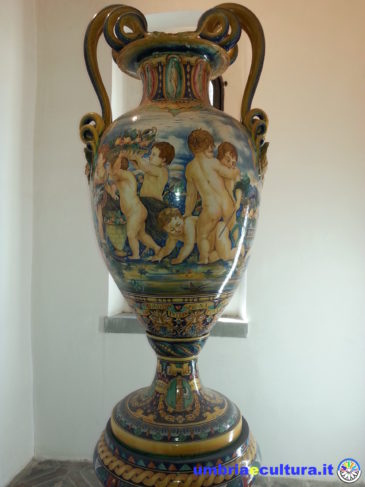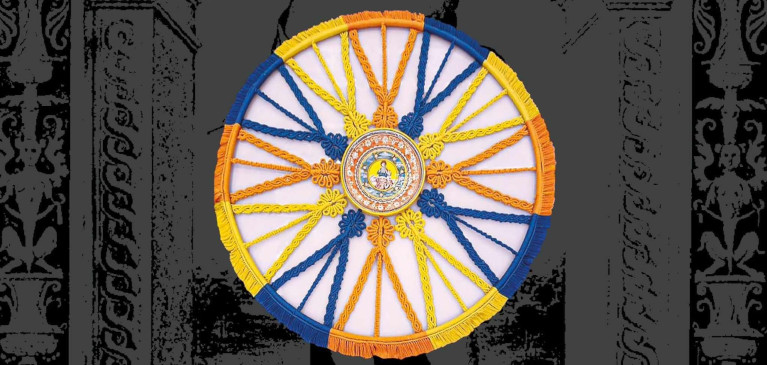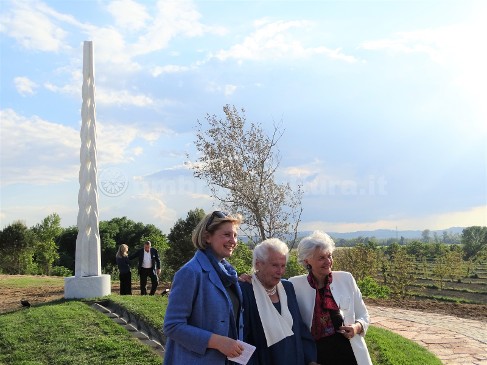For millennia, the entire Umbria region boasted a vast production of majolica and terracotta, and one of the most famous centers in our region, from 1400 to the present day is, without any doubt, Deruta. Its role is universally known and recognized, some valuable pieces of Renaissance period are on display in the major museums of the world including, for example, the Metropolitan Museum in New York.
The Ceramics Museum of Deruta, housed in the suggestive Benedictine convent of San Francesco, houses a vast collection of majolica, more than six thousand pieces, preserved in the rooms and in the huge tower-deposit.
The path through the Ceramics Museum allows you to learn about the processing of majolica, starting from the creation of the terracotta object, an indispensable premise for a correct understanding of art and technique, from the creation of the object to the decoration, painting up to cooking.
The production of Deruta majolica begins in the second half of the 1200s, it is from this point that the historical itinerary begins.
At the top of the staircase, the large vase created by the Ukrainian artist David Zipirovich, that worked in Deruta in the 1920s, with its unmistakable fine line and delicate chiaroscuro, makes a fine display of itself and impresses with perfection, as well as with its size .
Special themed rooms offer insights on some particular ceramic production, such as the one dedicated to floors: here you can admire the magnificent floor of the church of San Francesco di Deruta: as in a kaleidoscope the tiles intersect, alternating arabesque motifs with sacred and non-sacred figures.
Continuing, in the room of the Renaissance ceramics, fascinating are the pomp dishes, pawns of love that the boyfriend gave to his promised bride, and the fuseroles (pearls to be applied on the spindle to spin the wool), always pawns of love, dedicated to the bride.
A large room houses the collection donated by Milziade Magnini, a doctor from Deruta and a collector of not only Deruta majolica.
But it is the votive tiles that have an absolute charm, with their ability to tell stories and entire lives, with an extraordinary synthesis and freshness. There is also one that depicts the Madonna dei Bagni, which I have already had occasion to talk about.
The collection of pharmacy jars is noteworthy, while in the large tower that houses the deposits, about five thousand pieces are exhibited spanning more than two thousand years of history: from works from near archaeological sites to the CIMA samples (1930/50), to the precious collection of contemporary ceramic artist plates, which boasts works by authors of the caliber by Piero Dorazio, Carla Accardi and Nino Caruso, just to name a few.
But the Ceramics Museum of Deruta still does not cease to amaze, through an underground corridor it’s possible to reach a very interesting recent discovery: the remains of a production site with an adjoining furnace for the processing of ceramics have been found. The whole structure covers a time span from 1200 to 1700. It is possible to admire a main nucleus, probably from the Renaissance period, with a circular base. The combustion chambers (buried at the time) and the connections for the vaults above these chambers are visible, where the pieces to be cooked were placed. Next to them there is another small square-shaped combustion chamber, probably used for cooking the lustres, the famous “third fire”.
Benedetta Tintillini
Find the Deruta Museum on Google Maps:




